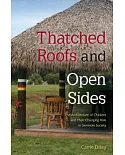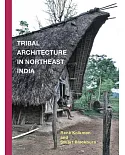“Brings together for the first time all the major sites of this part of the Maya world and helps us understand how the ancient Maya planned and built their beautiful cities. It will become
both a handbook and a source of ideas for other archaeologists for years to come.”—George J. Bey III, coeditor of Pottery Economics in Mesoamerica
“Skillfully integrates the social histories of urban development.”—Vernon L. Scarborough, author of The Flow of Power: Ancient Water Systems and Landscapes
“Any scholar interested in urban planning and the built environment will find this book engaging and useful.”—Lisa J. Lucero, author of Water and Ritual
For more than a century researchers have studied Maya ruins, and sites like Tikal, Palenque, Copán, and Chichén Itzá have shaped our understanding of the Maya. Yet cities of the eastern
lowlands of Belize, an area that was home to a rich urban tradition that persisted and evolved for almost 2,000 years, are treated as peripheral to these great Classic period sites. The hot
and humid climate and dense forests are inhospitable and make preservation of the ruins difficult, but this oft-ignored area reveals much about Maya urbanism and culture.
Using data collected from different sites throughout the lowlands, including the Vaca Plateau and the Belize River Valley, Brett Houk presents the first synthesis of these unique ruins and
discusses methods for mapping and excavating them. Considering the sites through the analytical lenses of the built environment and ancient urban planning, Houk vividly reconstructs their
political history, considers how they fit into the larger political landscape of the Classic Maya, and examines what they tell us about Maya city building.














